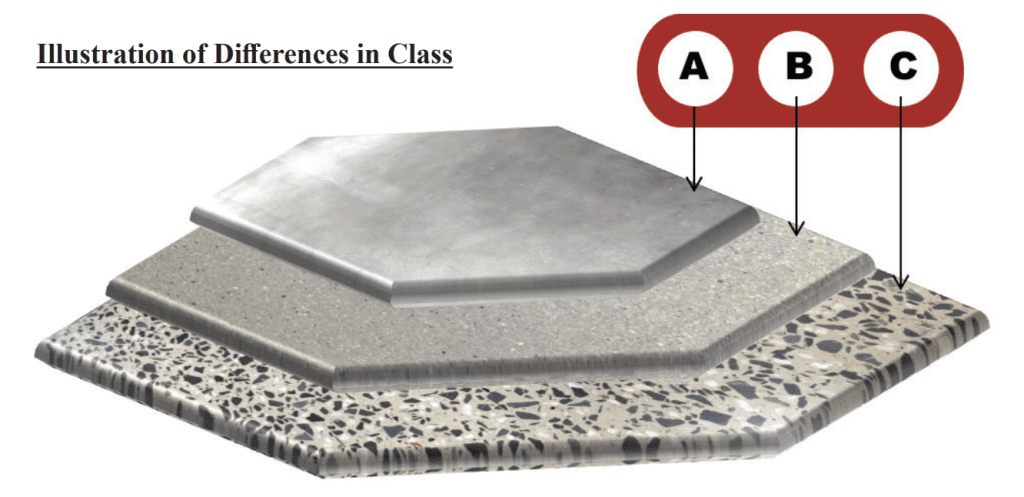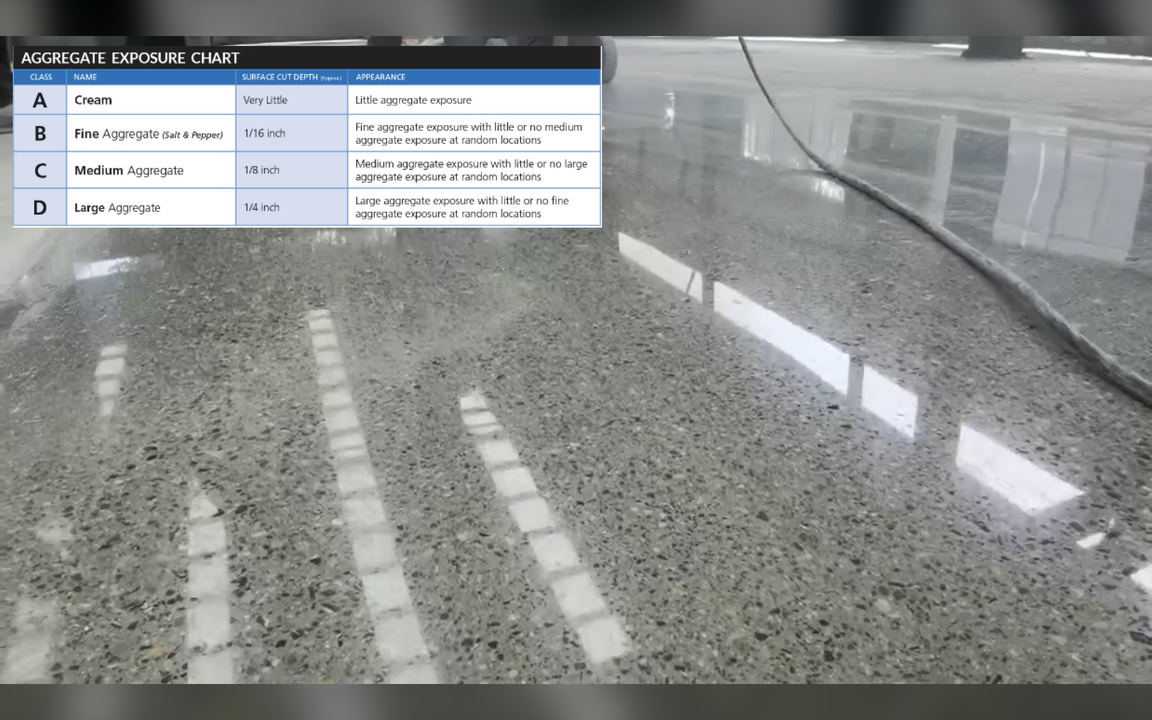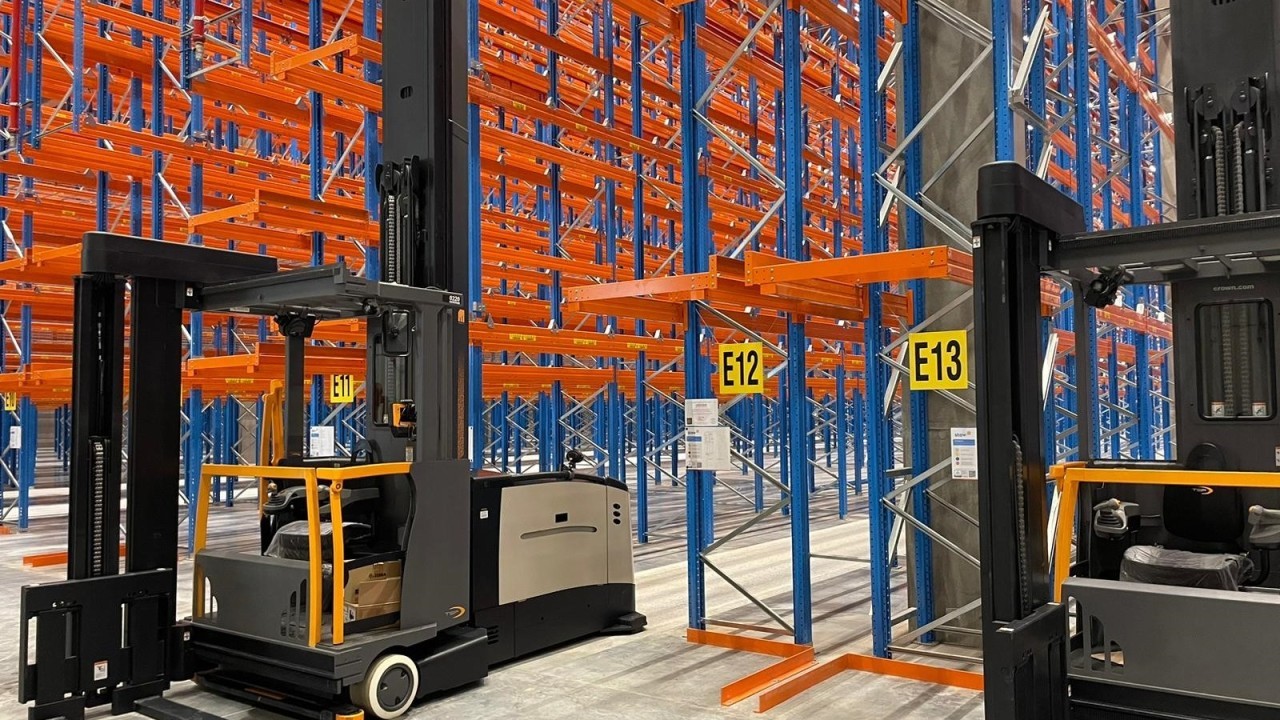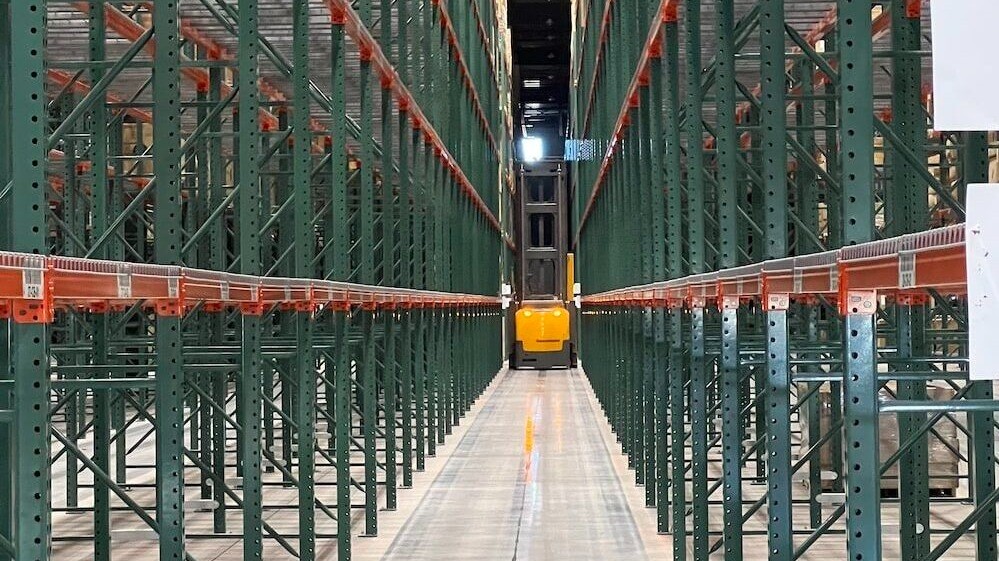Controlling aggregate exposure in polished concrete surfaces is a critical aspect of achieving the desired aesthetic and functional results.
Steps and techniques to control aggregate exposure during the polishing process
1. Select the Right Mix Design:
– Choose a concrete mix with aggregates with the desired color, size, and distribution. The mix design plays a significant role in achieving the desired aggregate exposure.
2. Specify Aggregate Size and Type:
– Specify the size and type of aggregates in the mix to meet the project’s requirements. Larger aggregates typically result in more exposure, while smaller aggregates will result in less exposure.
3. Use Proper Placement Techniques:
– During the concrete placement phase, use proper techniques to distribute the aggregates throughout the mix evenly. Adequate vibration and consolidation can help achieve uniform distribution.
4. Curing and Timing:
– Proper concrete curing is essential to prevent surface defects and ensure uniform hardness. Follow curing guidelines to avoid issues that could affect the polishing process.
5. Initial Grinding Pass:
– During the initial grinding pass (often referred to as the “cut” or “exposure pass”), the concrete surface is ground to expose the desired amount of aggregate. The coarseness of the grinding tool or abrasive grit determines the exposure depth. Start with a less aggressive tool and gradually move to coarser ones until the desired exposure level is achieved.
6. Monitoring Aggregate Exposure:
– Regularly inspect the surface during grinding to monitor the aggregate exposure. Make adjustments as needed to achieve uniformity across the entire surface.
7. Progressive Grit Sequence:
– After the initial grinding pass, continue with a progressive sequence of finer abrasive grits to refine the surface. Each successive pass should remove any scratches or marks left by the previous pass while maintaining the desired aggregate exposure level.
8. Tool Selection:
– Choose the right polishing tools, such as diamond abrasives, resin-bonded, or metal-bonded diamonds, depending on the desired finish and aggregate exposure level.

Aggregate Exposure Levels
The Concrete Polishing Council (CPC) of the American Society of Concrete Contractors (ASCC) provides guidelines for different aggregate exposure levels in polished concrete. These guidelines help define the desired amount of aggregate exposure based on the project’s aesthetics and functional requirements. The CPC identifies four primary levels of aggregate exposure:
Class A. Flat (Cream Finish):
– At this level, the concrete surface has minimal aggregate exposure. The goal is to achieve a mostly uniform, cream finish with very little or no visible aggregate. This level is often used in applications where a high-gloss, uniform appearance is desired, such as commercial and residential settings.
Class B. Salt and Pepper (Fine Aggregate Exposure):
– At this level, a small portion of the fine aggregates in the concrete mix is exposed. The surface appears slightly textured, with some fine sand and small aggregate particles visible. This level offers a more subtle, mottled appearance and is commonly used in settings where aesthetics and slip resistance are important, such as retail spaces and restaurants.
Class C. Aggregate Exposure (Medium Aggregate Exposure):
– This level involves exposing a significant portion of the larger aggregate particles in the concrete mix. The surface has a pronounced texture, with larger aggregates prominently visible. This level is often chosen for industrial or outdoor applications, where slip resistance and durability are primary concerns.
Class D. Large Aggregate Exposure (Coarse Aggregate Exposure):
– At this level, a substantial amount of the largest aggregates in the concrete mix is exposed. The surface is rugged, textured, with large aggregate stones prominently visible. This level is typically used in industrial environments or outdoor spaces with heavy traffic, where maximum slip resistance and durability are essential.
Before starting a polished concrete project, consult with experienced concrete polishing professionals familiar with CPC guidelines to determine the most appropriate aggregate exposure level for your specific application and design goals.
Controlling aggregate exposure in polished concrete surfaces requires skill, experience, and attention to detail. Planning and executing each step carefully is essential to achieve the desired aesthetic and functional results. Consulting with experienced concrete polishing professionals can also be invaluable for achieving the best outcomes.





